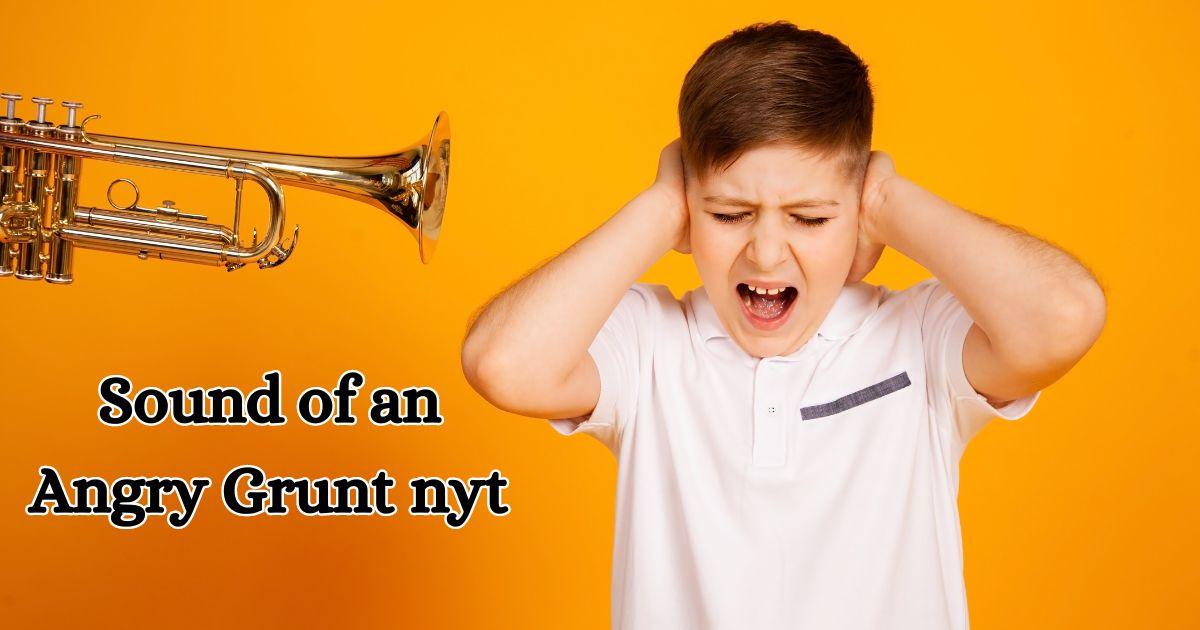Introduction
Have you ever encountered the crossword clue “Sound of an angry grunt“? At the same time as it’d seem honest, the English language is rich with nuances, and understanding the exact sound to symbolize this emotion can be tricky. In this newsletter, we’re going to delve deep into the arena of vocal expressions, exploring the numerous sounds which can carry anger thru a grunt.
Understanding the angry Grunt
Earlier than we dive into the specifics, permit’s set up a baseline for what constitutes an indignant grunt. It’s generally a quick, guttural vocalization that expresses frustration, annoyance, or displeasure. It’s regularly observed by way of different nonverbal cues like furrowed brows, clenched fists, or a disturbing posture.
Phonetic Exploration of the angry Grunt
The precise sound of an indignant grunt can range broadly primarily based on individual variations, cultural backgrounds, and the intensity of the anger. But, we will damage down some not unusual phonetic elements:
- Consonants: Sounds like “g,” “k,” or “h” frequently shape the core of an irritated grunt. those consonants are produced in the again of the throat and carry a feel of aggression.
Not unusual variations of the indignant Grunt
Whilst there is no definitive “correct” solution, here are a few not unusual variations of the sound of an angry grunt:
- Gruff grunt: That is a deep, hard grunt that conveys excessive anger or frustration. it might sound some thing like “grr” or “hmph.”
- Chuckle grunt: A mixture of a grunt and a chortle, this sound often expresses disdain or contempt. it’d resemble “hnf” or “hmp.”
- Growl grunt: A lower-pitched, greater animalistic sound, indicating a excessive stage of aggression. it could sound like “grrr” or “rawr.”
The irritated Grunt in different Cultures
It’s important to observe that the sound of an indignant grunt can vary notably across cultures. What is probably considered an aggressive grunt in one lifestyle can be a mild expression of displeasure in some other. knowledge those cultural variations permit you to interpret the emotion at the back of the grunt more appropriately.
Using the angry Grunt efficiently
The angry grunt is a powerful tool for conversation, however it is important to apply it accurately. Overusing it may make you appear aggressive or adversarial. Here are some hints for the use of the indignant grunt successfully:
- Be aware of your target audience: Recall the relationship you’ve got with the man or woman you’re speaking with. A grunt might be appropriate in a few conditions but no longer in others.
- Use nonverbal cues: Combine the grunt with other nonverbal alerts like body language to enhance your message.
- Pick out the right intensity: The depth of your grunt need to fit the extent of your anger.
Conclusion
The sound of an irritated grunt is a complicated vocalization which can deliver more than a few emotions. by knowledge the distinct versions and cultural nuances, you could higher interpret and use this powerful communique device. Consider, at the same time as the irritated grunt may be powerful, it’s crucial to use it mindfully and keep in mind the context of the state of affairs.
Could you want to explore unique cultural variations of the irritated grunt, or possibly delve into the psychological aspects of this vocalization?




